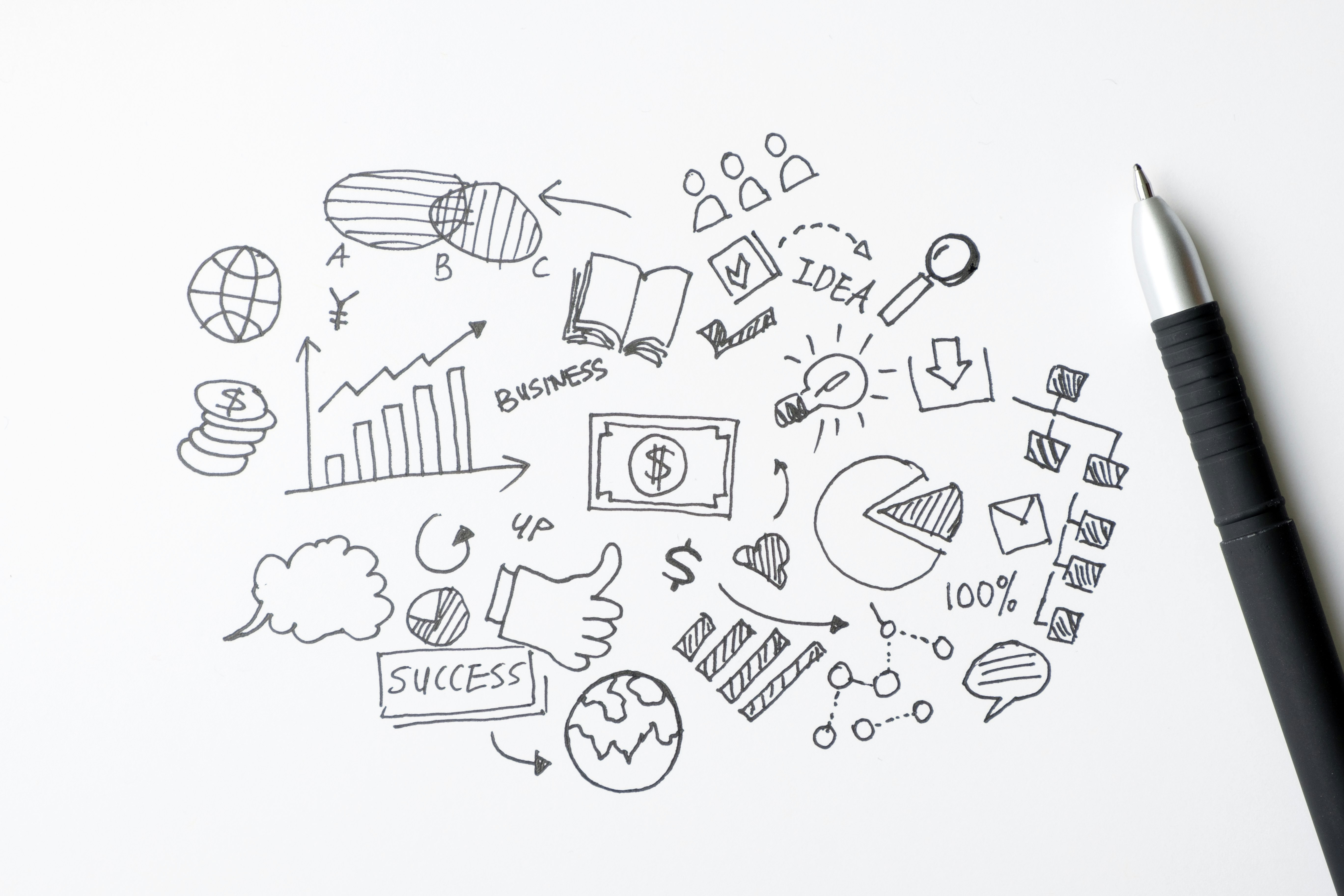Internet of Things is a technology category that references the connection of different pieces of software and electronics that aren’t normally categorized together. For a more official explanation, you can always reference Wikipedia. The most interesting bit there was the instance that claims to be the official start of IoT. Apparently this occurred back in 1982 with a Coke machine at Carnegie Mellon University. This Coke machine was so smart (aka wired for remote data reporting) it was able to wirelessly report inventory and whether new drinks loaded were cold. IoT was born.
You may ask next- but it seems the IoT has been around for ages, why the accelerated adoption of the term these past few years?
One can’t often talk about the future without references to Back to the Future (hoverboard anyone?), Minority Report, and of course the family of the future- The Jetsons. Simply put, the future is now with tangible products that seemingly didn’t seem possible even 10 years ago.
The technologies available today are finally capable of being introduced into mass consumer goods market and beyond. One way of calculating IoT growth and trend is by the various technology pieces that layer over different businesses and industries as Business Insider has done. You will notice the rapid growth at the beginning of 2010, and the exponential climb projected through 2018.
So what are some popular consumer products that epitomize IoT? The Nest Thermostat for one. The Nest Thermostat learns your schedule, programs itself, and naturally can be controlled from your mobile phone. The technology is nothing short of amazing, and Google thinks just as much with the acquisition of Nest for $3.2 Billion in early 2014. Google naturally has a long term plan for Nest beyond thermostats that goes into the heart of IoT.
If you’re one of the millions that are currently counting how many steps you’ve taken for the day, you are part of the wearables technology movement that has swept the globe. Wearables is a great example of IoT, and the Consumer Electronics Show that just took place in January is a great indication of how far this segment has come. And while some are questioning how this industry will shape up (how many heart rate/steps/activity trackers does one really need?), it will be fascinating to see which products really break into mainstream consumer usage.
The recent, rapid growth of the Internet of Things is an exciting time in technology. Companies large and small are rethinking and reshaping their business strategies and product portfolio now that software and hardware technologies can be connected in ways never thought possible. This new approach to technology is being adopted in the developer landscape as well. In our next segment, we will take a deeper look at how technology brands and developers are approaching IoT, and what this means for the various development tools, resources, and marketing available today.
